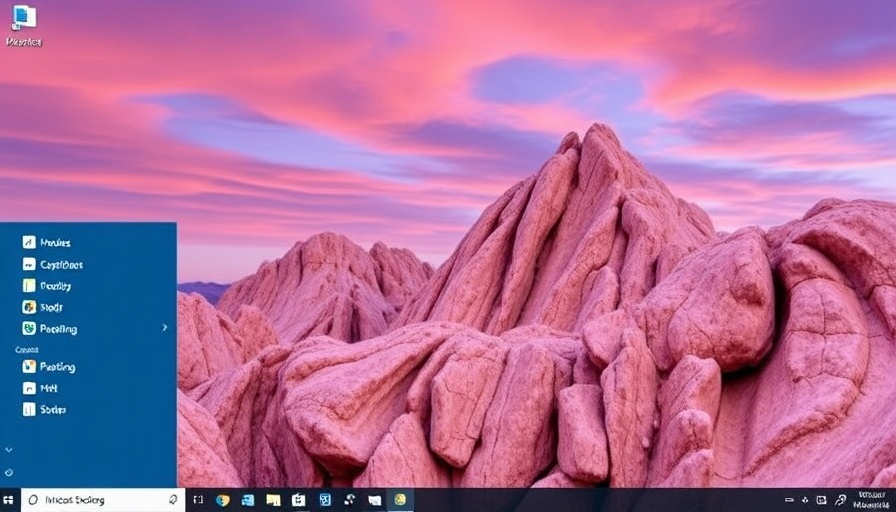
Microsoft's New Roadmap: A Shift Towards Transparency in Windows 11
Microsoft has recently launched a roadmap for Windows 11, a strategic move aimed at enhancing transparency around the development of its operating system. This initiative appears to provide users with a comprehensive look at upcoming features, enabling them to stay informed without relying solely on sporadic blog updates from the Windows Insider Program.
The Features You Can Expect
On the newly introduced webpage, Microsoft lists a total of 26 features that are either under development or already released. These features are categorized according to platform and system version, separating them into specific segments for the 23H2 and 24H2 updates, with considerations made for both Copilot-enabled PCs and standard Windows machines. Each entry offers a brief overview of the feature along with an estimated testing timeline and a vague target date for roll-out, usually indicated by months or quarters.
Challenges in Implementation: What Users Need to Know
Despite this effort towards transparency, the platform currently faces several operational bugs that hinder usability. Users have reported that filter options do not function reliably, and crucial elements, such as the Release Preview channel—which showcases features right before their public introduction—are conspicuously absent. It’s also notable that the page lacks a German version, restricting access for non-English speakers. Microsoft needs to continue refining this platform to meet user expectations fully.
Implications for User Privacy and Control
For individuals and businesses concerned about privacy, this roadmap offers a silver lining. Enhanced visibility into feature development allows users to make informed decisions about integrating Windows 11 into their operations. Knowledge is power; users can align their adoption strategies with Microsoft’s upcoming features while considering their own data protection needs. Transparency in what’s being developed might embolden users to take back control over their digital environments.
Parallel Developments in the Tech Landscape
This move by Microsoft echoes broader trends in the tech industry, where companies are increasingly pivoting toward transparency and user communication. Tech giants like Apple have also embraced similar strategies, highlighting their commitments to user privacy and ethical data practices. As consumers become more aware of the implications of data collection, transparency may very well become a competitive edge.
Looking Ahead: The Future of Windows 11
As Microsoft develops this roadmap, there are broader implications for the operating system’s trajectory. Will it evolve into a more user-centric platform that prioritizes privacy? The strategic roadmap could be the first step in a more significant transformation, especially as competition intensifies and regulations tighten around data privacy.
Moving Towards Enhanced User Autonomy
For those wary of government surveillance and the monopolistic practices of big tech, these steps taken by Microsoft could represent a move towards greater autonomy in the digital landscape. By actively sharing information about feature releases and operational changes, Microsoft can build trust with its users, an essential component in today’s tech environment.
The call for control over one’s own data persists as a critical issue among users. Effective strategies for regaining that control are now central to the broader movements advocating for data privacy and individual rights. The initiative by Microsoft serves as a reminder that empowering users begins with transparent communications.
Conclusion: Stay Informed to Stay Empowered
In a digital era marked by privacy concerns and increasing regulation, being informed about developments such as the Windows 11 roadmap is vital. For those seeking guidance on regaining control over their data, valuable resources are available. Dass es effektiv gelingen kann, die Kontrolle über die eigenen Daten zurückzugewinnen, ist innerhalb der Datenschutz- und Freiheitsbewegung kein theoretischer Ansatz geblieben; Anleitung hier Klick.
 Add Row
Add Row  Add
Add 




Write A Comment